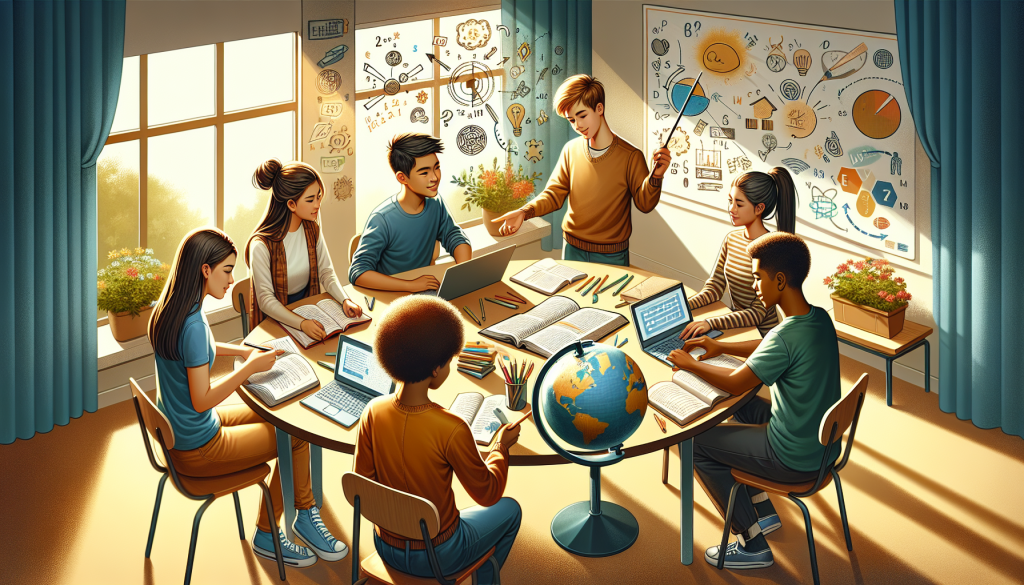
Peer-to-Peer Learning: Harnessing the Power of Student Collaboration
Peer-to-Peer Learning: Harnessing the Power of Student Collaboration
Student collaboration has always been an integral part of education. From group projects to study sessions, working together with peers has proven to be an effective way of learning. However, with the rise of technology and digital learning, peer-to-peer learning has taken on a whole new level. In today’s fast-paced and dynamic world, where information is easily accessible, students have the opportunity to not only learn from their teachers but also from each other. This article will explore the concept of peer-to-peer learning and how it harnesses the power of student collaboration to enhance the learning experience.
What is Peer-to-Peer Learning?
Peer-to-peer learning, also known as collaborative learning, is a teaching method where students learn from and with their peers. This method relies on peer interaction, discussion, and feedback for the acquisition of knowledge and skills. It involves group activities such as discussions, debates, and projects that require students to work together towards a common goal.
Peer-to-peer learning goes beyond the traditional classroom setting. With the advancement of technology, students can collaborate with their peers from different parts of the world through online platforms. This opens up a whole new world of learning opportunities, where students can exchange ideas, gain different perspectives, and ultimately learn from each other.
Harnessing the Power of Student Collaboration
The power of student collaboration lies in the diverse and dynamic nature of the student body. Each student brings a unique set of skills, experiences, and knowledge to the table. By collaborating with their peers, students can tap into this diversity and learn from each other’s strengths. This not only enhances their understanding of the subject but also promotes critical thinking and problem-solving skills.
In a peer-to-peer learning environment, students are actively engaged in the learning process. They are encouraged to communicate, share ideas, and challenge each other’s thinking. This promotes a deeper understanding of the subject matter and fosters a sense of ownership over their learning. Studies have shown that students who engage in peer-to-peer learning have higher retention rates and are more motivated to learn compared to traditional classroom learning.
The Benefits of Peer-to-Peer Learning
The benefits of peer-to-peer learning are plenty. Besides promoting critical thinking and problem-solving skills, it also encourages teamwork and communication skills. These are essential skills that are highly valued in the workplace. Collaborative learning also helps to build confidence and self-esteem in students as they learn to articulate their ideas and receive feedback from their peers.
Moreover, peer-to-peer learning promotes a culture of continuous learning. By engaging in discussions and exchanging ideas, students are exposed to different perspectives, which challenges their thinking and encourages them to seek out new information and ideas. This helps to develop a lifelong learning mindset, which is crucial in today’s fast-changing world.
In Conclusion
Peer-to-peer learning is a powerful teaching method that harnesses the collective knowledge and skills of students. It promotes critical thinking, problem-solving, teamwork, and communication skills while fostering a culture of continuous learning. As the world becomes more interconnected, peer-to-peer learning provides students with the opportunity to collaborate and learn from each other, no matter the distance. As educators, it is crucial to harness the potential of peer-to-peer learning to enhance the learning experience for our students.
So the next time you plan a lesson, consider incorporating peer-to-peer learning activities and watch your students engage, learn, and grow together.
